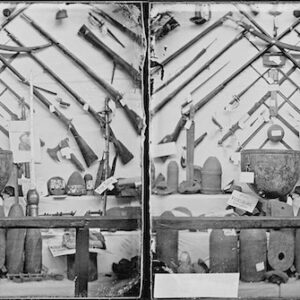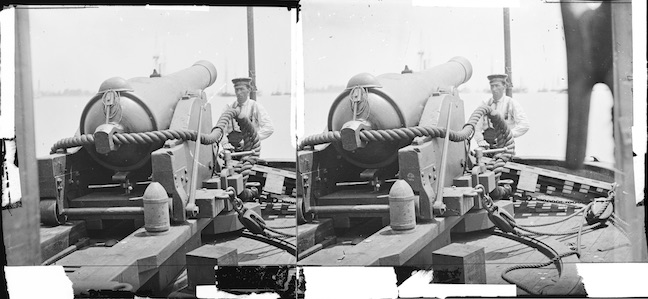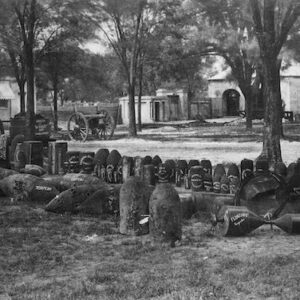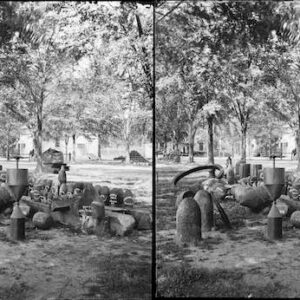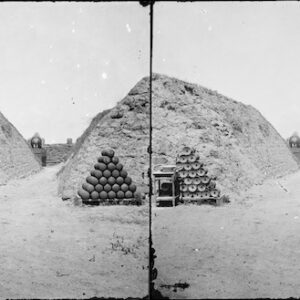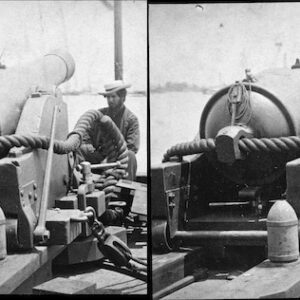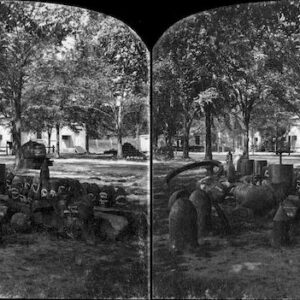Tag: Brooke shell
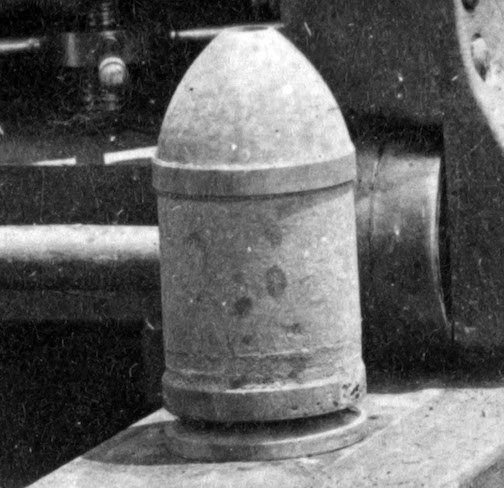 Wikipedia says: The Brooke rifle was a type of rifled, muzzle-loading naval and coast defense gun designed by John Mercer Brooke, an officer in the Confederate States Navy. They were produced by plants in Richmond, Virginia, and Selma, Alabama, between 1861 and 1865 during the American Civil War. They served afloat on Confederate ships and ashore in coast defense batteries operated by the Confederate States Army.
Wikipedia says: The Brooke rifle was a type of rifled, muzzle-loading naval and coast defense gun designed by John Mercer Brooke, an officer in the Confederate States Navy. They were produced by plants in Richmond, Virginia, and Selma, Alabama, between 1861 and 1865 during the American Civil War. They served afloat on Confederate ships and ashore in coast defense batteries operated by the Confederate States Army.
Brookes can be identified by the presence of at least one band of wrought iron at the breech and a rough-finished, tapering barrel. The barrels were made of cast iron for ease of manufacture, but one or more wrought iron bands was welded around the chamber to reinforce it against the high chamber pressure exerted when the gun fired. Because no southern foundries had the capacity to wrap the rifles in a single band like the Parrott design, a series of smaller bands were used, each usually 2 inches (51 mm) thick and 6 inches (152 mm) wide. All of Brooke’s rifles used the same seven-groove rifling with a right-hand twist. Most of Brooke’s guns had a Gomer-style powder chamber, shaped like a truncated cone with a hemispherical tip, but the 6.4-inch rifles had a simple hemispherical powder chamber.
These weapons were manufactured at the Tredegar Iron Works (sometimes referred to as J.R. Anderson & Co, after owner Joseph Reid Anderson) in Richmond, Virginia, and at Selma Naval Ordnance Works in Selma, Alabama.
Ammunition
Brooke’s rifles fired both armor-piercing and explosive shells of his own design. The former were solid cylindrical projectiles with a blunt or flat nose to reduce the chance of a ricochet, and were often referred in contemporary accounts as “bolts”. The latter were hollow cylinders with rounded or pointed noses. They were filled with black powder with a fuse set to detonate a variable amount of time after being fired. His smoothbores used spherical solid shot for armored targets and hollow spherical explosive shells against unarmored targets.
